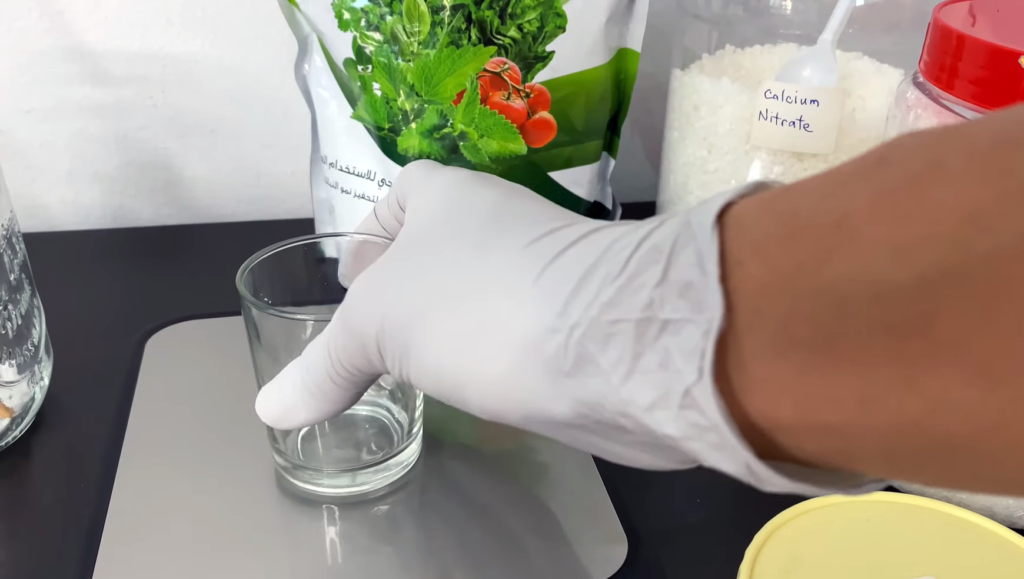Table of Content
Then don’t consider it to be hydroponics and falls into another category. This is because hydro needs proper aeration for optimal growth. But if you don’t have enough nutrients in there, they won’t be able to get what they need either. Some people even suggest skipping aeration altogether and just adding nutrients straight into your reservoir.
It is therefore advisable to carry out tests on the texture of the solution, color, substrate slime, and smell before the adverse effects land on plants. These homemade organic nutrients are made from raw materials, which make your hydroponic garden self-reliant and maintainable. Hydroponic fertilizers and nutrients can either be commercially obtained or made at home in very simple steps. If you are buying nutrients for hydroponics at a garden store make sure to review the ingredients on the label to ensure they are organic. To grow, plants require a specific concentration of minerals.
Commercial Organic Nutrients
When adding the Epsom salts to the water, add 1 teaspoon of Epsom salts, which are naturally occurring substances. Whether you choose to make your compost tea or purchase a product like Bat Guano, your hydroponics system will benefit from the high quality of nutrients you provide. Make homemade hydroponic organic fertilizer and be prepared to see larger, more robust plants and quicker growth. Have you considered making homemade hydroponic organic fertilizer?
If you’re into large-scale gardening, the cost of a commercial system of Hydroponics can be as low as $1,000. It is a popular DIYHydroponics project to repurpose a large container to hold water in a basin. You should not rely on water to moisten roots; instead, make certain to provide enough water. For each gallon of water, add 2 teaspoons of a water-soluble commercial organic fertilizer.
Basics of Mixing Hydroponic Nutrients
However, growing hydroponically means the plants won’t receive the nutrients they would from the soil, unless you add a fertilizer. To grow hydroponics organically, add a source of nutrients that are natural or chemical-free. The NPK content of water is even more important in a hydroponic garden because plants lack access to natural nutrients. NPK contributes to the growth of plants by supplying them with all of the nutrients they require.
2 teaspoon of fertilizer and 1 teaspoon of Epsom salts should be used for each gallon of water; until the solids dissolve, shake or stir with a spoon. When storing the mixture, some nutrients are lost, so make it fresh whenever possible. Since there are no set standards on what hydroponic solution you should use, it is important to find out what is in your local water.
How much Epsom salt do you put in hydroponics?
Here, machines extract nitrogen gas from the air and convert it to ammonia. Non-organic nutrients usually have high concentrations of some elements, instead of low concentrations. They are quickly absorbed by plants and can be regularly applied hence a fast turnover in growing seasons. As a result, the elements are mixed together, resulting in the division of critical elements. Gate valves and ball valves are the most common types of valves used by hydroponics growers.
Although you won’t be using the coffee ground themselves, you can use them to make tea, which is a fantastic addition during the growth stages of your plants. Before even mixing a single drop, you will need to understand the basics of what goes into these nutrients and how each component works. This is because there are many compounds in a hydroponic nutrient solution, and these need to be made available to your plants at various stages of their growth.
Like all nutrient mixes, you do need to measure your EC and pH levels to be on the safe side. This is even more crucial if you add any of the growth enhancers during your plant’s growth. Plants can grow in a variety of ways, including growing, budding, and maintaining them, thanks to Hydroponic growing. Plants, just like any other plant, require the right amount of nutrients, including our alpaca tea. We can be proud of the fact that Alpaca is not only a sustainable alternative to fossil fuels, but it also benefits our environment and society as a whole. If your setup doesn’t have any equipment that includes airflow.

So if yours does don’t worry about investing in extra lighting until later on down the road. When you start adding vegetables like tomatoes, peppers and cucumbers. These devices keep your plants alive and healthy by delivering. Just enough oxygen to each root zone without sending too much into it.
If you have a sandy soil, then you may need more fertilizer than you would with a clay soil. And if your soil has a lot of organic matter in it, such as peat moss, it may not need as much fertilizer as it would if the soil was a little more sandy. You may also need to add a bit more water to the fertilizer solution to get the right amount. Nutrient deficiencies can be caused by a number of factors, such as poor soil quality, poor growing conditions, and improper nutrient application.
As long as they receive all they need, they will be happy and grow to their full potential. Unless you are using the formulas, which use powdered compounds, you will end up with a different strength each time. This can leave your plants deficient in some areas, but this may be rare. The powdered formulas can lead to nutrient burn if you add too much, so these are the ones you need to pay close attention to. These mixtures should be made, so they can be added to your reservoir once they have been cooled.

No comments:
Post a Comment